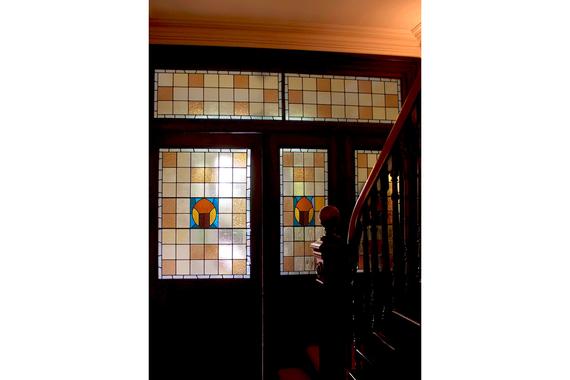
You’re one-of-a-kind, and so is your home. So next time you’re remodeling and improving, don’t settle for ordinary — go for the extraordinary. Salvaged building materials have unique character that’s unmatched by new products. Throw in the cost savings (with prices 50%-75% less than their modern counterparts) and sustainability (reusing old stuff keeps it out of landfills), and you’ve got bargains that are good for the environment. Check our slide show for imaginative ways to put salvage to use in your home.
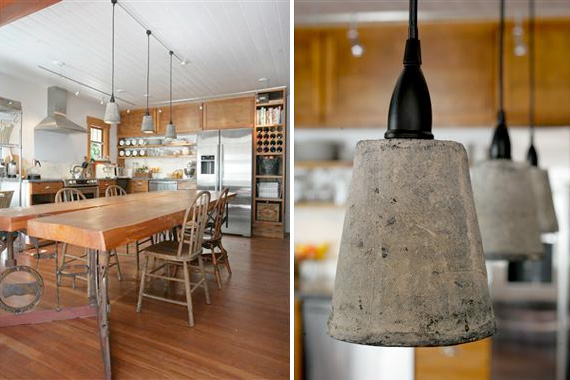
The Upcycled Kitchen
A charming Vancouver, B.C., kitchen features many salvaged items that are upcycled — not simply reused, but given a better life than they had before. The upper cabinets are old wooden lockers from a warehouse. Cabinet hardware comes from ReStore. The pendant lights are discarded flower pots adapted to a track light system.
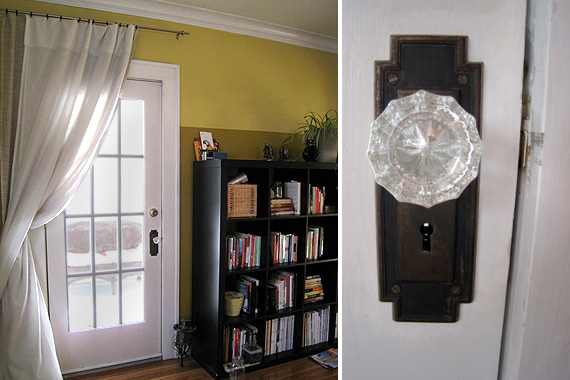
A Price-Is-Right Door
Bought at a garage sale for $2, a 12-pane, true-divided-light door was a bargain compared to the $1,000-and-up cost of a similarly styled new door. However, reconditioning old doors and trimming them to fit takes time. Take note: Older doors don’t feature insulated glass. A reclaimed glass doorknob ($5-$20) compliments this one-of-a-kind entry.
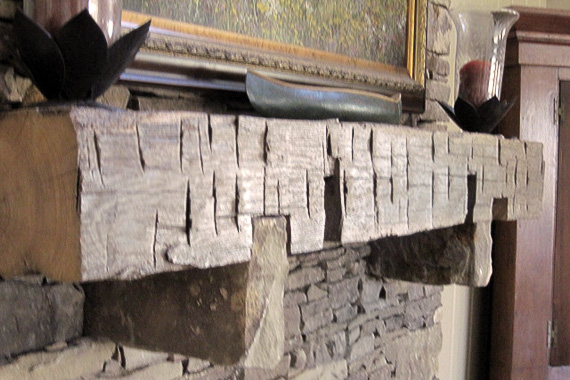
Six Feet of History
Reclaimed wood is full of character and history. This rugged fireplace mantel is a hand-hewn chestnut timber from an 1800s barn. Chestnut, once plentiful, is now rare. Reclaimed chestnut is about $10 per board foot; this mantel was $500. Buying reclaimed lumber reduces logging pressure on existing forests; look for regional suppliers to reduce your shipping costs.
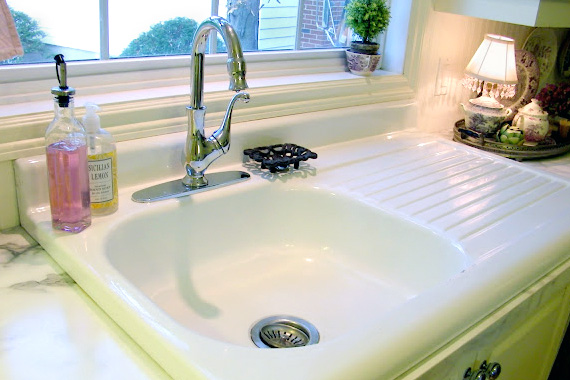
Sweet Sink
This 1940s-era, cast-iron drainboard sink was discovered on Craigslist — a good place to hunt for reclaimed materials, especially if there aren’t any salvage yards in your area. The home owners scored this kitchen classic for $75 (new, they’re $500 and up). Notice how the sink backsplash barely fits under the window trim? Always measure carefully before you buy!

Light-Headed Remodel
Stained-glass windows are some of the more popular salvaged building materials. Finding a matched set is a bonus: This entry porch was designed around this colorful trio. Prices range from $100 to $2,500, and repairing windows adds to the cost. To improve efficiency, add insulated glass panels ($10-$15 per sq. ft.) to the outside of the stained glass.
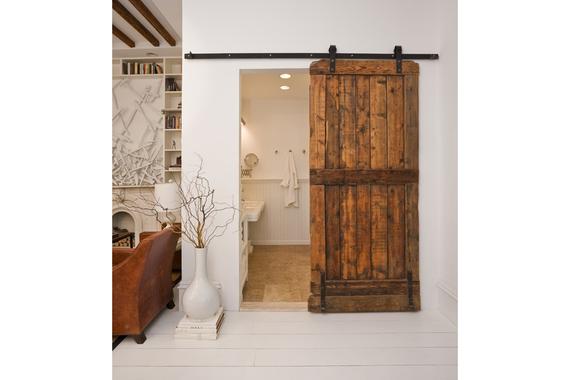
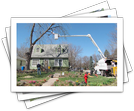 11 Trees You Should Never Plant in Your Yard
11 Trees You Should Never Plant in Your Yard More Trees You Should Never Plant in Your Yard
More Trees You Should Never Plant in Your Yard Can You Spot the 9 Kitchen Design Details That’ll Make You Fat?
Can You Spot the 9 Kitchen Design Details That’ll Make You Fat?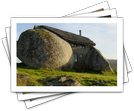 8 Houses That Don't Seem Real, But They Are!
8 Houses That Don't Seem Real, But They Are! 7 of the World’s Most Mind-Blowing Homes: Artistic or Atrocious?
7 of the World’s Most Mind-Blowing Homes: Artistic or Atrocious?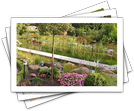 Natural Swimming Pools: 9 Myths Busted
Natural Swimming Pools: 9 Myths Busted
No Boring Doors Allowed
This bathroom door was salvaged from a sheep barn in New Hampshire. Using sliding barn door hardware ($100) meant the door didn’t have to be cut to fit the opening. Shopping for salvaged materials takes diligence — keep checking back with suppliers until you find just what you’re looking for.
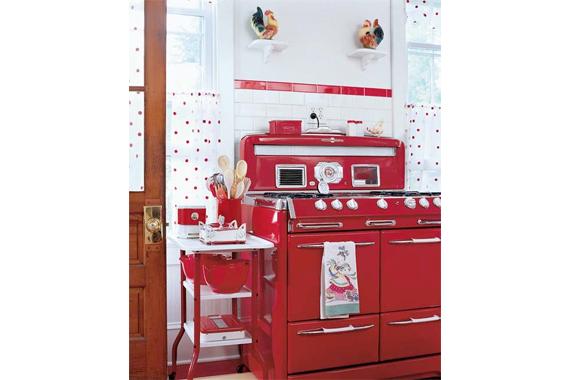
Hot Stuff
You might not get a bargain when you opt for a restored vintage stove, but you’ll get a fully functional kitchen appliance that’ll knock your socks off every day. Prices for a beauty such as this 1955 O’Keefe & Merritt gas range are $4,000 to $8,000 — and you pick the color. Upgrades include new wiring and ceramic insulation for top efficiency.

The Value of Vintage
When shopping for salvaged building materials, keep an eye out for smaller items tucked away on shelves and bins. A one-of-a-kind gem, such as this antique door knocker, might not have much value to anyone else, but it can be the perfect expression of your personality and interests. A rusty patina adds charm.
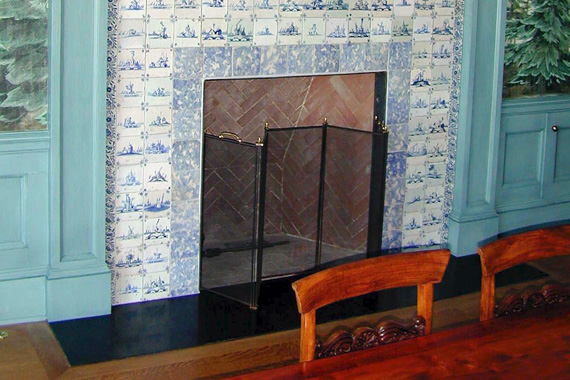
Rare Art
Older ceramic tiles are pieces of history that reflect the era when they were made. These fireplace surround tiles were hand-painted in the 18th century. Antique tiles are expensive, ranging from $25 to $250 for a single, 5-by-5-inch tile. Many are broken during salvage operations, which contributes to their scarcity — and value.

Clearly a Bargain
Windows for this homemade backyard greenhouse were picked up from a curbside trash heap and at a yard sale for $3. Salvage yards usually have plenty of old windows that are single-pane and in need of repair, but will work fine for greenhouse glass. Check local property zoning laws before you build.
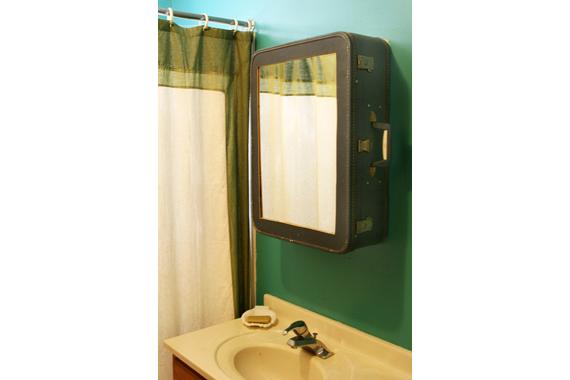
Viva la Valise!
Old thrift-store luggage is common. The question is, what do you do with it? One answer: A medicine cabinet. With its front cut out to frame a mirror and a few shelves attached to the inside, this old suitcase was transformed into a functional — and unique — piece of bathroom storage. Be sure to hang it so everyone can see the hinges, clasps, and handle!
No comments:
Post a Comment